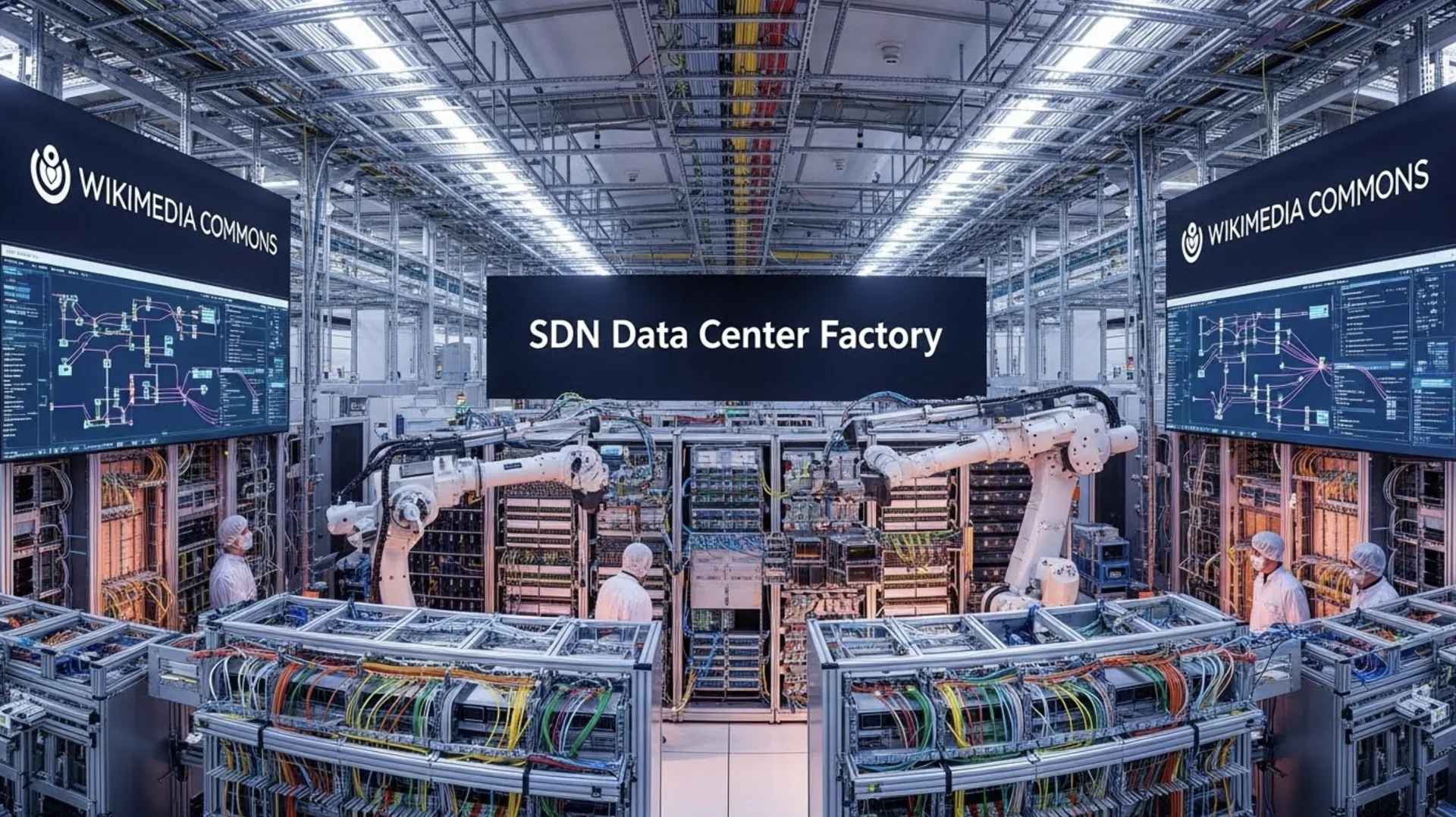
Welcome to TechPulse™
TechPulse™ is your comprehensive weekly guide to the latest developments in Industrial IoT, Telecommunications, Edge Computing, and Autonomous Vehicles. This curated newsletter-style report captures the pulse of innovation, providing insights into breakthroughs, challenges, and collaborations that are shaping the future of technology. Each section highlights key developments and their strategic significance for CEOs and investors.
Introduction
This week was anything but routine. We saw groundbreaking product launches, strategic partnerships, regulatory milestones, and surging investment across all four domains, each carrying implications that go well beyond the headlines. If you're a CEO, a CIO, an investor, or a strategic operator, this week's events offer actionable signals, not just noise.

Continue reading this premium article
Unlock exclusive industry insights available only to subscribers
Exclusive Research
Proprietary data and analysis not available anywhere else
Competitive Edge
Stay ahead with forward-thinking strategies and insights
Expert Community
Connect with industry leaders and innovative thinkers
Unlimited Access
Unlock all premium content with a subscription







